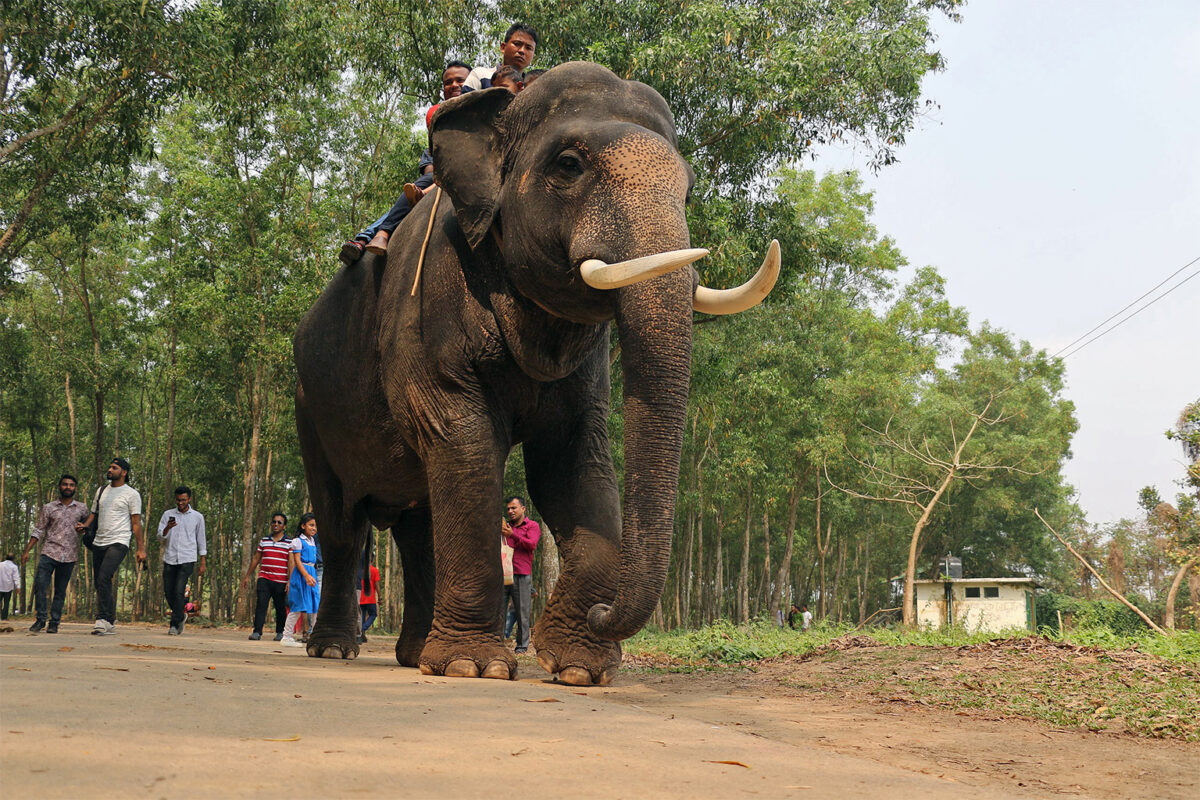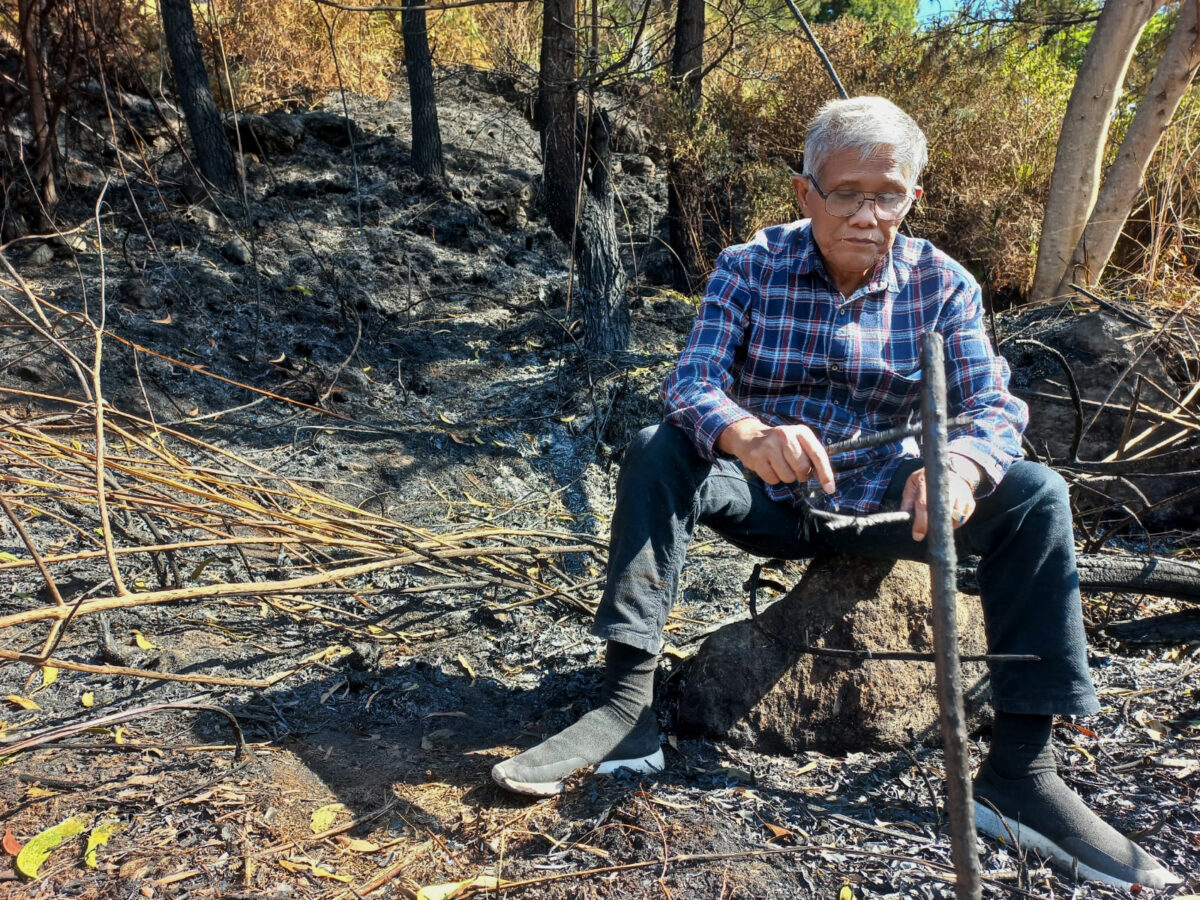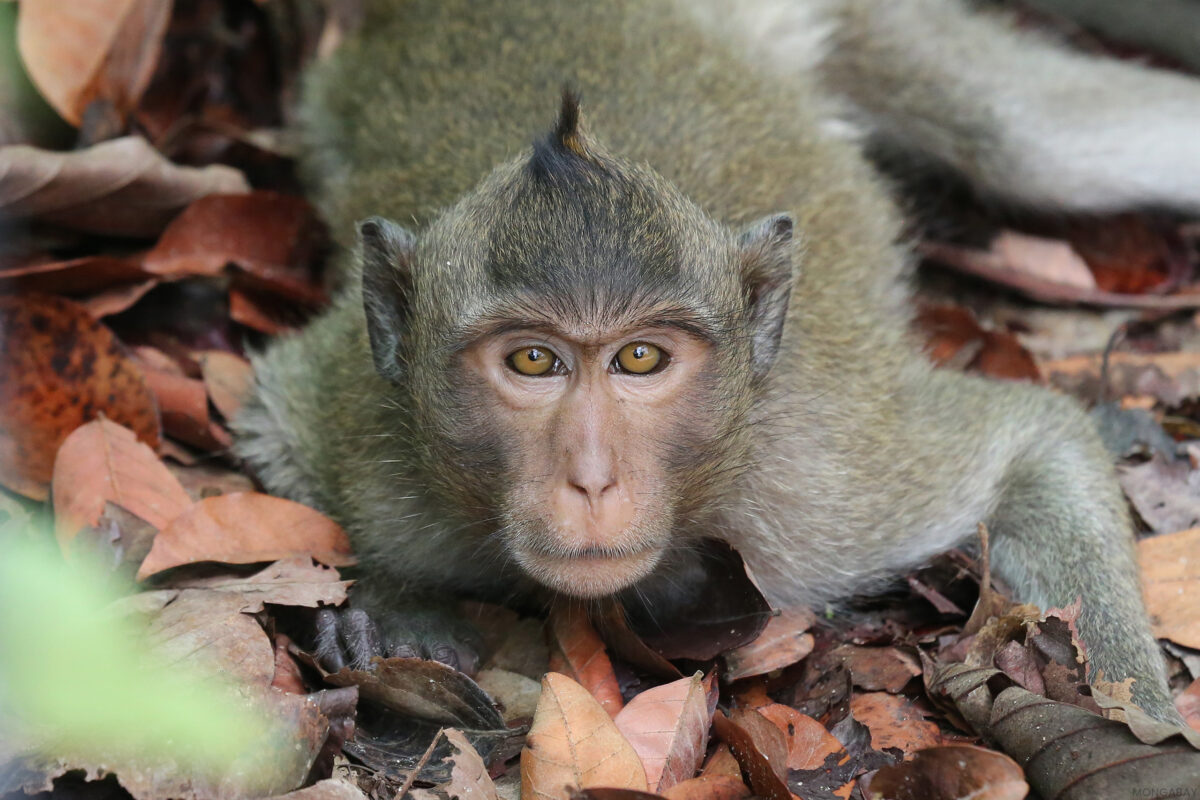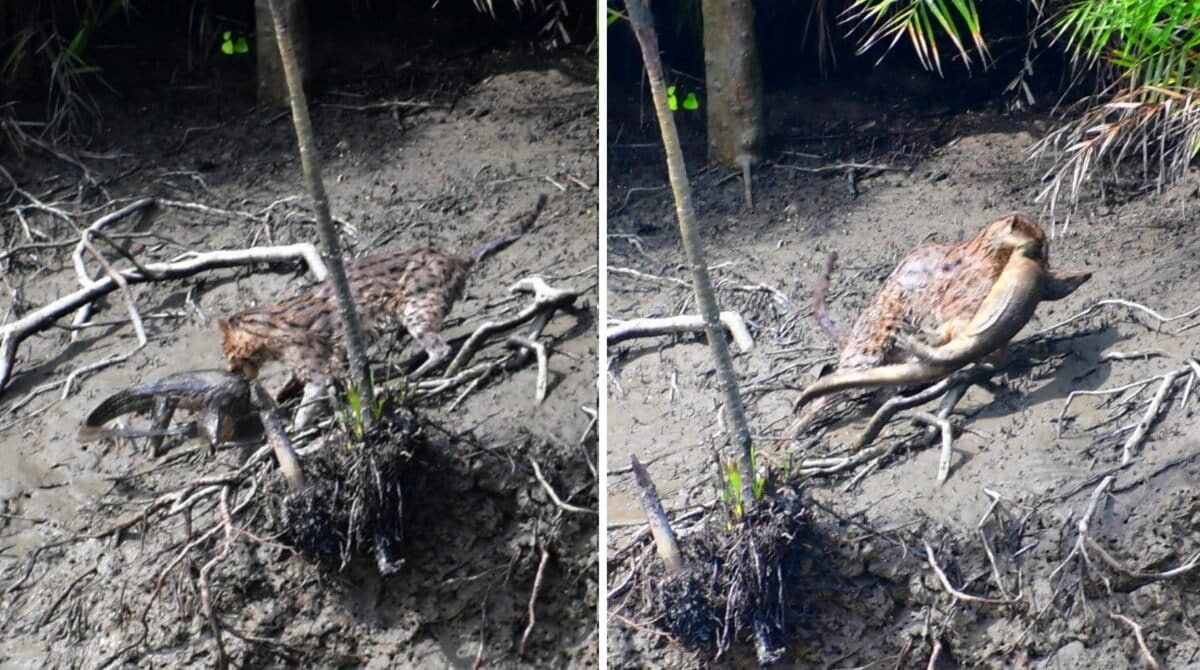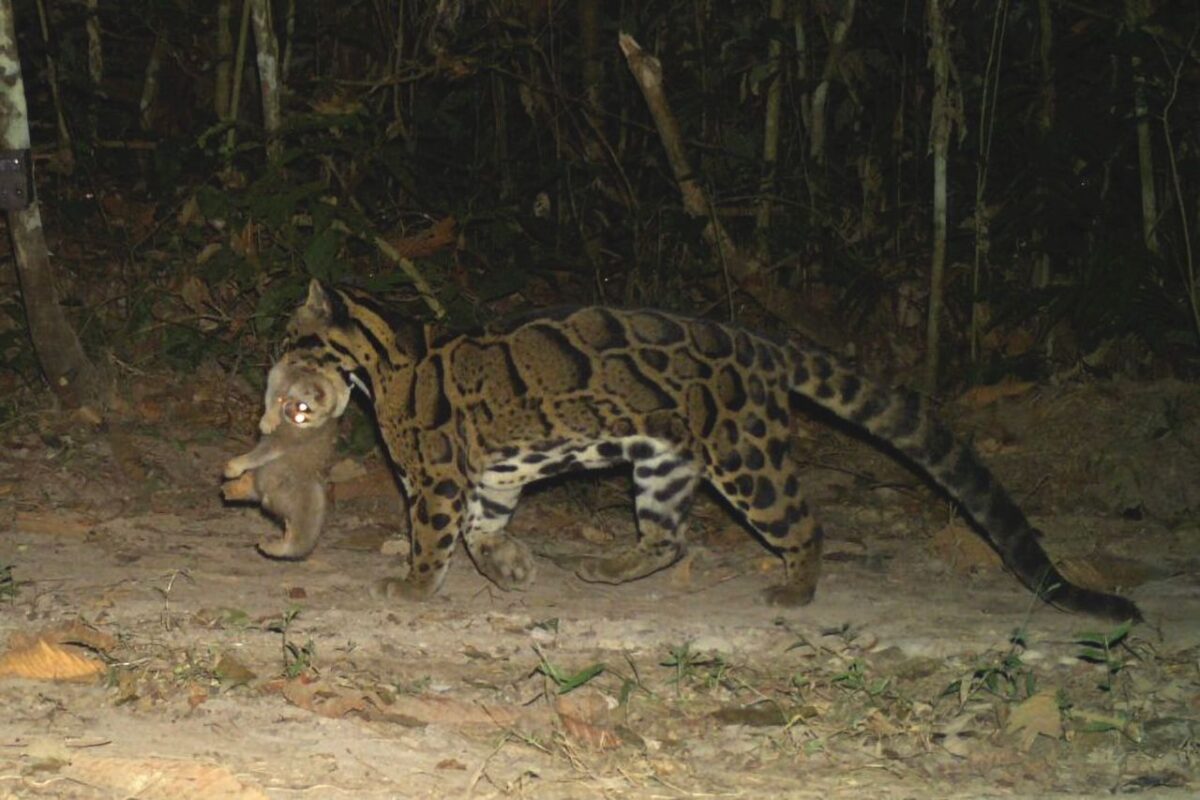Bangladesh to reintroduce captive elephants to the wild
Bangladesh has embarked on an ambitious plan to end the centuries-old practice of keeping elephants in captivity, reports Abu Siddique.
The government has begun retrieving privately owned elephants and aims to rehabilitate them in the wild. The initiative follows a 2024 High Court order banning cruelty to wildlife and illegal use of animals for labor or entertainment.
The country’s elephant population is small and fragile. According to a government report, only 268 wild elephants remain in Bangladesh’s southeastern forests, alongside 96 in captivity. Once used for logging and transport, captive elephants are now illegally exploited in markets and towns, often in harsh conditions that have led to deaths from heatstroke.
The project will survey elephant populations, buy animals from owners, and prepare forest sites for rewilding. Two potential sanctuaries—Rema-Kalenga and Chunati—are under review. Officials acknowledge the difficulties ahead, from disease risks to the loss of wild instincts among long-domesticated elephants. Yet they insist that ending captivity is essential for both welfare and conservation. As one adviser put it, “the elephants will never be back in captivity.”
If successful, Bangladesh’s experiment could become a model for other Asian nations struggling to reconcile tradition with the ethics of conservation.
